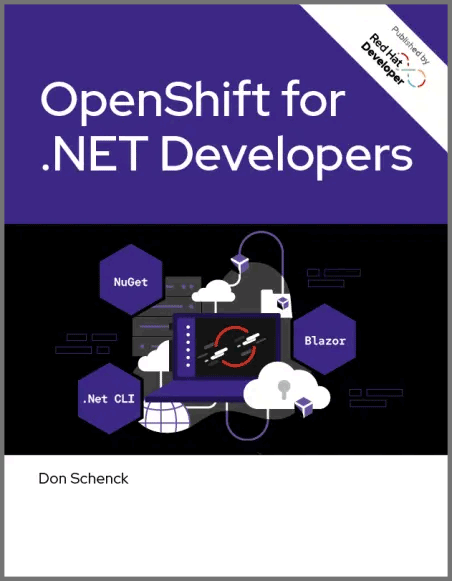

The Modern Developer
Overview
Under the common umbrella of digital transformation, global enterprises are now embracing DevSecOps, site reliability engineering (SRE), and cloud-native microservice development as a standard. These practices can maximize developer productivity to address competitive threats as well as explore new opportunities.
To achieve faster innovation, many enterprises are building internal developer platforms (IDPs) to help teams automate and streamline software delivery. An IDP abstracts away the complexities of building and managing applications, which lets developers focus on the “inner loop” of rapid development and testing.
This short e-book examines how enterprise IT has evolved from business support functions to become a key enabler of next-generation digital native organizations. Download The Modern Developer and get up to speed on the latest trends in application development:
- Learn how application development practices have evolved.
- Get an overview of the IDP and inner loop and outer loop constructs.
- Explore how Red Hat supports application development modernization via its application frameworks, integrated development environment (IDE), and backend tools and libraries.
Excerpt
Application development and delivery platform
A well-engineered application platform is critical to success with the organization’s digital transformation, enabling the developers to code and deliver applications faster and more safely to meet the desired business outcomes. With containers becoming the standard unit of deployment, more organizations are building their application platforms on Kubernetes. Other pressures arise from innovations such as 5G, AI/machine learning, and data science, along with data sovereignty and compliance requirements from internal and external stakeholders.
Consequently, many enterprises are leaning toward a hybrid cloud application platform instead of building a single data center platform or going with a single cloud provider solution, to avoid vendor lock and to focus better on delivering improved business outcomes. Application platforms should also provide developers with a rich set of preconfigured tools and backend systems to enable faster and safer innovation via a catalog or marketplace and out-of-the-box security and automation capabilities.
The application platform must also provide the features that make the application secure and accessible via load balancing, routing, access control, etc.
Application frameworks and runtimes
Another key aspect of developer platforms is a rich set of application frameworks that enables faster innovation. Polyglot development practices, allowing multiple languages and frameworks, are becoming more and more popular, and are augmented by the modern full-stack approach that combines all levels of the application. The developer platform should include multiple application frameworks and language runtimes and keep growing to accommodate the latest asks from the developers.
The richer the application frameworks you support, the more complex the application build processes are. Technologies such as Buildpacks and Source-to-Image (S2I) are available to standardize and streamline the build process without adding additional development or operations complexities.
Catalog of tools and libraries
Applications do not live in isolation: They need to talk to each other, exchange data, share insights, and pass around security credentials to deliver business capabilities. A developer platform will not be functional without a curated catalog of the tools and libraries required by the development teams to deliver business applications: databases, streaming solutions, messaging queues, third party libraries, Integration tools, etc.
Like application frameworks, the tools catalog will keep evolving, adding the latest technologies and removing tools that are obsolete or no longer needed. Typically, organizations have a highly structured on-boarding and off-boarding process to ensure that the catalog is kept in alignment with organizational security and compliance requirements and to ensure that offerings are not removed prematurely; some might be required for future development. The catalog also ensures that developers now have a ter, streamlined single source of truth to provision their backend systems, ensuring fasdevelopment via self-service without having to depend on the operations team to set up resources. The provisioning of the tools is automated end to end to ensure consistency and speed.



